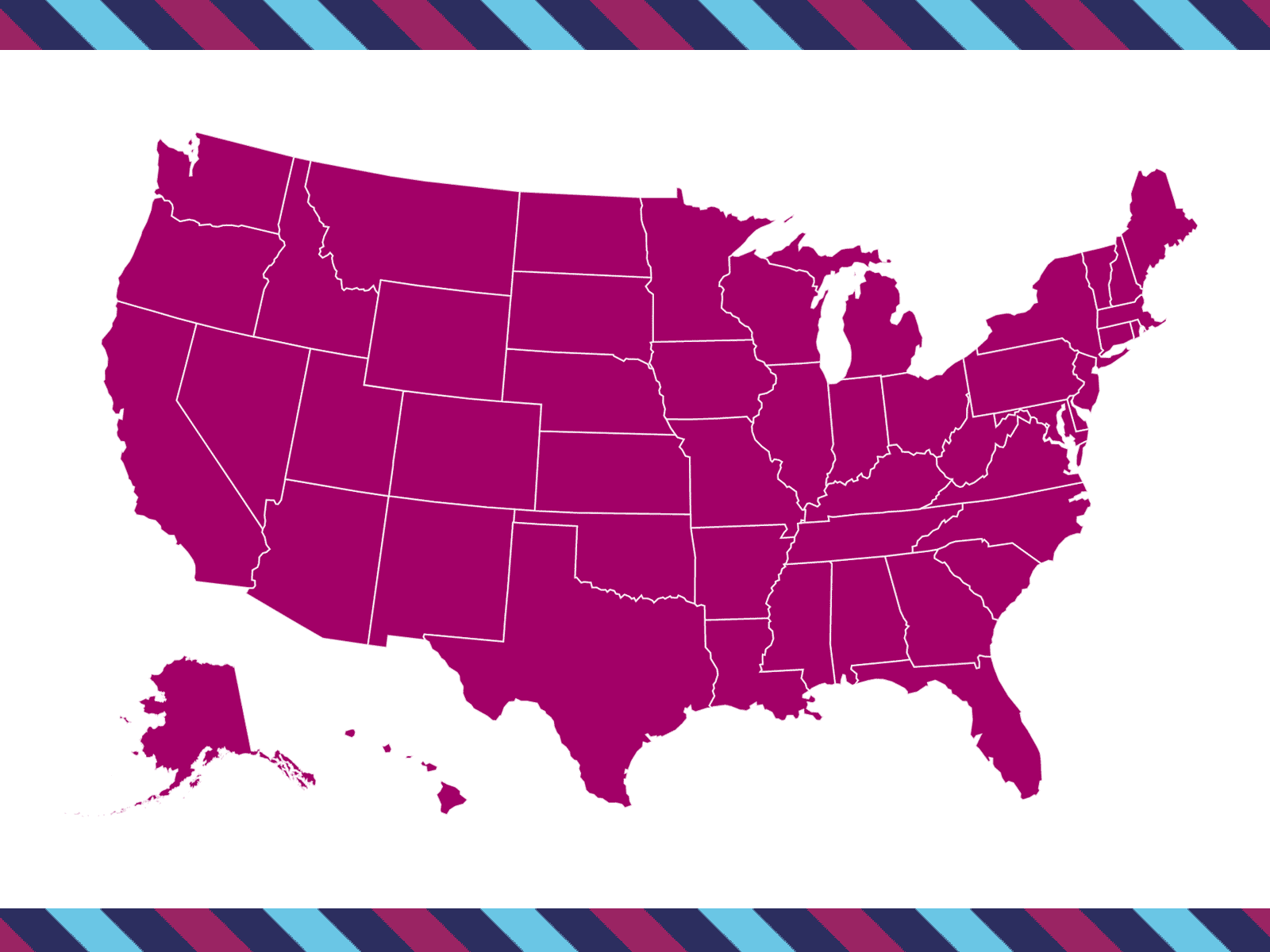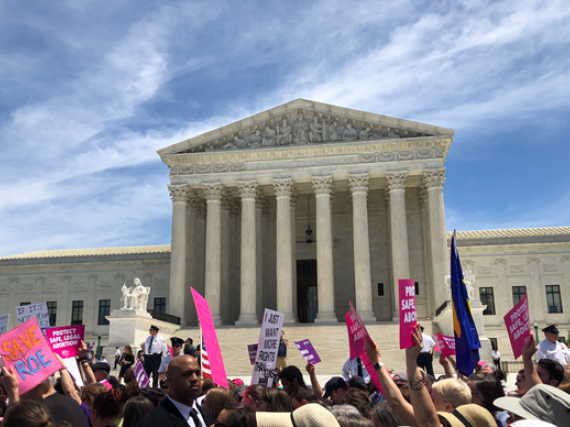A Toolkit to Advance Contraceptive Access
Recently, we launched the Advancing Contraceptive Access Toolkit, which is designed to help elected officials, public health officials, and advocates in their efforts to enact key state-level contraceptive access policies that empower people to achieve their life goals. Presently, it focuses on three policies: insurance coverage for an extended supply of contraception, pharmacist prescribing of contraception, and protecting contraceptive coverage in health insurance. While none of these policy steps by themselves is a panacea, together they expand options and access points available to women.
The toolkit includes interactive state maps that provide greater detail on each of these three policies, along with policy briefs, research articles, and more. We have also created fact sheets that provide further information on the key policies each state can adopt to improve access to contraception. Additionally, there are state-specific resources that provide data on the contraceptive landscape in some states, and we will add more over time until all 50 states are covered; federal grants to prevent teen and unplanned pregnancy; and state data on teen and unplanned pregnancy. Our media-focused resources include press releases on the contraceptive landscape of each state and sample op-eds that can be shopped to local news media or put in a blog on a website. New content will be added over time, and materials will be updated regularly to reflect the latest changes in contraceptive access.
Extended Supply of Contraception
21 states already require insurers to cover an extended supply of contraception. A majority of these states require insurers to cover up to 12 months of contraception. These laws are significant in that they mark a departure from the typical insurance practice of covering a 30 to 90-day supply of contraception and may reduce the likelihood of unintended pregnancy resulting from gaps in use. The maps for extended supply provide links to the enacting bills, data on year of passage, information on whether a shorter initial prescription length (e.g., 3 months) is required before the 6 or 12 month limit kicks in, whether the law applies to Medicaid, and other limits and features.
Pharmacist Prescribing
17 states have allowed pharmacists to prescribe hormonal birth control (e.g., pill, patch, ring, and shot). These laws allow women greater convenience in accessing their birth control and fill a gap for women who do not have access to a doctor. The maps for pharmacist prescribing provide links to the enacting bills, data on when the law was passed and when it is effective for consumers, information on whether the pharmacists are reimbursed for their time, the type of protocol governing the pharmacist’s ability to prescribe and dispense the contraception, what methods of birth control may be prescribed, and other limits and features.
Protecting Contraceptive Coverage
In recent years, states have acted to codify and/or expand upon the contraceptive provision of the ACA, which requires non-grandfathered plans to cover at least one contraceptive for each of the 18 FDA-approved methods without cost-sharing. States have taken such actions in response to numerous attempts to dismantle the ACA. Some states require coverage for all over-the-counter methods without a prescription, while others exclude external condoms. Additionally, some states require that voluntary sterilization be covered for both sexes and prohibit administrative barriers such as prior authorization and step therapy. The maps for protecting contraceptive coverage provide links to the enacting bills, data on when the law was passed, the date it applies to plans, whether emergency contraception is covered without a prescription, and other limits and features.
The resources in this toolkit are designed to increase knowledge around the actions each state has taken or could take to help more women gain access to birth control. Fundamentally, it will assist with efforts in helping people to decide if, when, and under what circumstances to get pregnant and have a child. We encourage you to share the toolkit with your networks with the hope that it will make a meaningful contribution to your contraceptive access work and learning goals.



